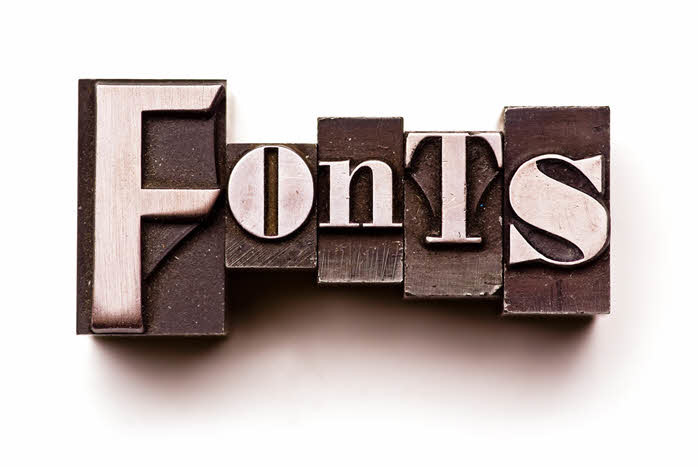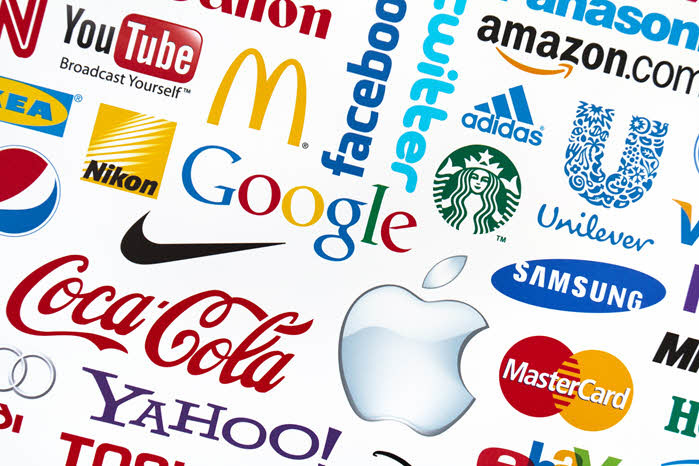Whether it’s a clothing line or office stationary, if we notice that a product has its own label we feel that it holds some form of value and almost automatically tend to sway favour towards the labeled choice. Having a brand is all about image and product security.
People tend to have a feeling of security when purchasing a product with a brand or certain logo because it allows the product to demand authority, quality and better value as opposed to a non branded ‘imported’ product from a foreign country.
Having a brand developed for a product or range of products may bring about issues of high cost, complex legalities and other fees.
However the truth of the matter is that any business, whether they are a sole trader or billion dollar corporation, has the same rights to develop a brand identity as any another.
The initial costs involved are almost identical for all business and there are a huge array of designers just waiting on hand to design your brand, identity and logo.
Indeed, large corporations such as Coco Cola have spent millions promoting and marketing their brand name, and thus is a name recognized all over the world. When you visit your retail store looking for an appliance, you will immediately ask yourself what brand the product is, despite the fact that over 85% of the appliances on the market are made in overseas countries.
What differentiates these appliances’ prices is their brand names. Once you import your products and have them ready to sell, you’ll definitely need to create a brand name, logo or trademark in order to give your range an image, and most important, originality.
You see, one aspect many businesses that import goods fail to understand is that once a catchy brand name is created for their product, they literally increase appeal two fold and also minimize competition immediately because the product is now considered unique and exclusive.
It may be just a brand name, or it may be a model type as well, to highlight a particular product in a range. Either way, by having that piece of identity placed upon your imported product, you will certainly find it easier to find those great sales.
When determining your brand name, you’ll need to consider a few aspects.
The first is what exactly you are selling and then also any particular feature or advantage your products may have.
So, naturally thinking of what to call your brand or line of product can be a long and frustrating task, however, what some business owners do is research their current industry and competitors and observe the general trend of what kind of brand is available.
Doing a search online for logos and brands can really help your mind brainstorm. It can even be your own initials or your business name. For example a company called ‘Techstar Computers’ could have a brand name of simply ‘Techstar’ or even ‘TSC’. It really does come down to your own opinion and taste.
Once you have narrowed down a brand or trademark for your product, you’ll have the option of registering your creation with your government’s trademark and intellectual property department. In Australia the website you’ll need to visit is www.ipaustralia.gov.au . This website allows you to search to see whether your brand or trademark is available.
You may also register your brand, trademark, logo or even an image you created online so it can be protected by copyright laws so that only you and your business will have the rights to market and use that particular brand or trademark.
Registering your trademark will incur a fee, and, at times, several months to register, which is why you might find that some products developed or imported by large corporations say trademark pending on the labels. It is not compulsory to register your brand name, however, you are open to an attack from another business or individual who may take your brand and register it themselves.
Once your brand name becomes more popular and public, then registration would be a necessity from a legal stand point.
Having your very own brand name may be essential for your product, however, you’ll also need to have your brand or trademark designed into a logo professionally in order to add visual appeal to your product.
When designing your brand/logo, you need to observe a few elements that you’ll need to know prior to employing a designer. The first is what sort of brand/logo you require. There are text based logos, graphic based logos and mixed text and graphic branded logos.
Next would be the type of font you would like your logo to be printed in. To get an idea and better assist you in choosing a font you can simply open your word processor, type in your brand name, and then begin to select different fonts until you narrow them down to your preferred style.
If you are not satisfied with your own list of fonts, then browse the internet and locate free font sites to broaden your selection.
Sites such as www.1001fonts.com and www.dafont.com offer over a thousand great fonts for you to download and use for your brand/logo.
Keep in mind you are not tying to design the brand/logo yourself but merely doing all the prep work for your brand/logo designer to make their job easier and allow them to create something made to your liking.

Whatever you choose, make sure you research a few brand names and logo designs online first to help design a better concept. If you are getting stuck at deciding on the colours for the design then you can either purchase a colour swatch book which features a huge collection of colours and compatible schemes or you can again find a few colour ideas online.
There are many brand/logo designer sites online that you can visit. The best way to locate a designer is by posting a job for a designer on sites such as www.upwork.com. We covered these freelance-type sites in an earlier chapter.
Of course, for some products there is no need for branding if brandind already exists, or you are selling your products on an OEM or no brand basis which allows your buyer to place their own branding. on the product
All you are attempting at this stage is to get your image out there into the market. Then sooner than you know, it your brand will be the talk of the town.
For more information on branding your products please contact Online Wealth Solutions via www.onlinewealth.com.au.




